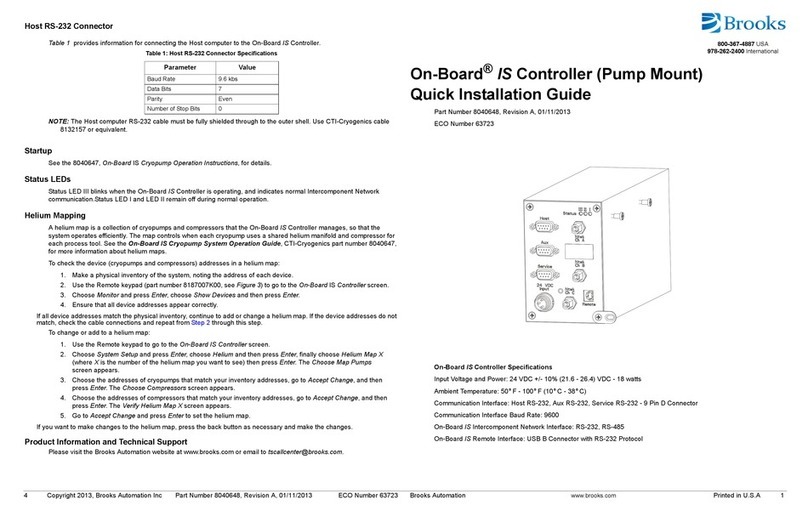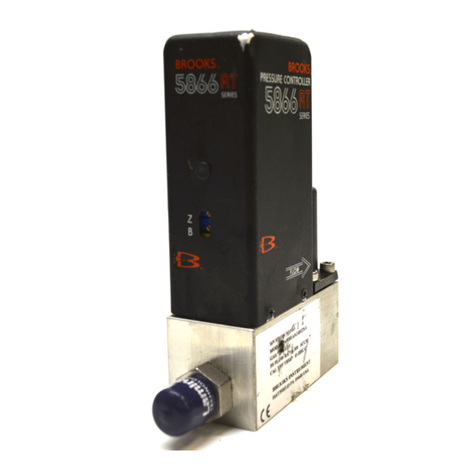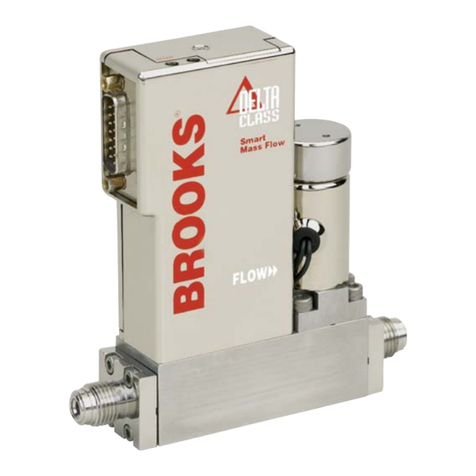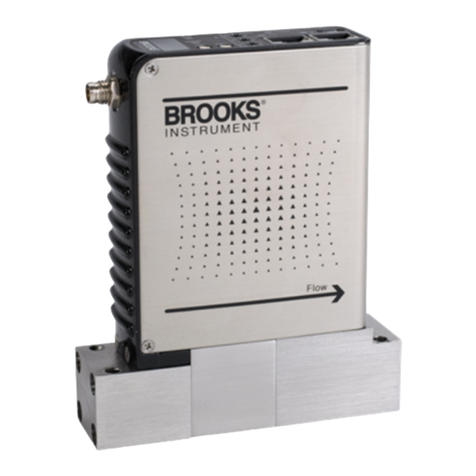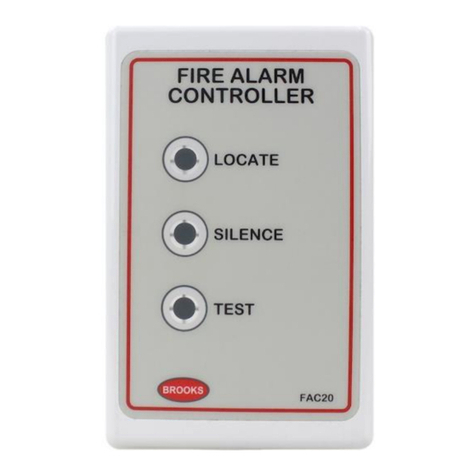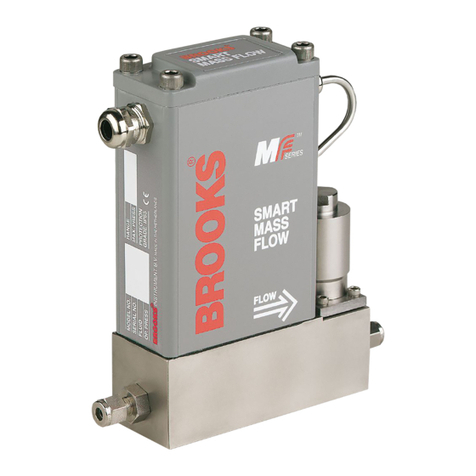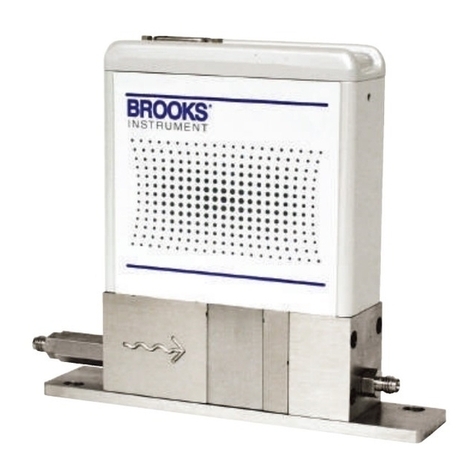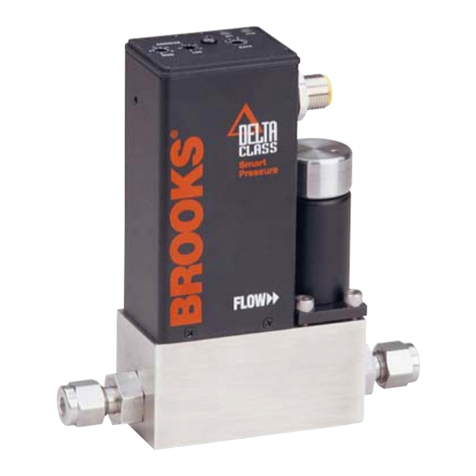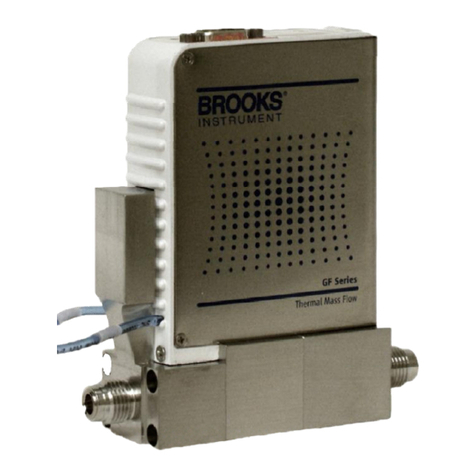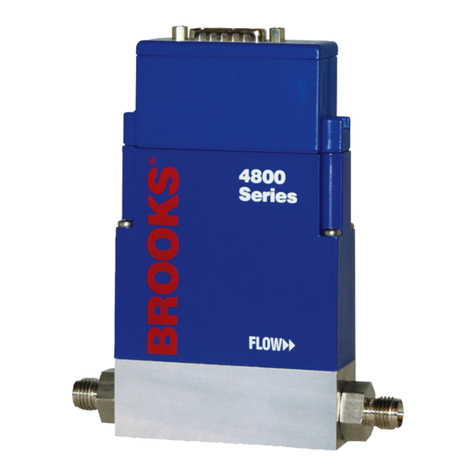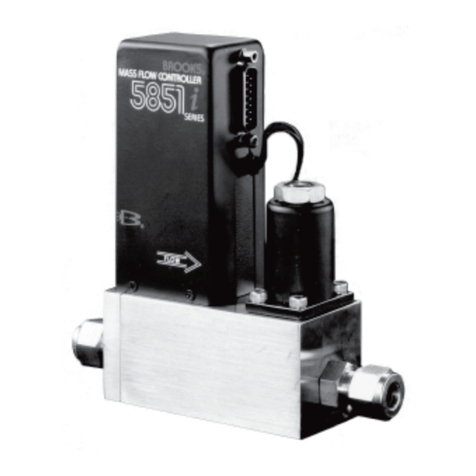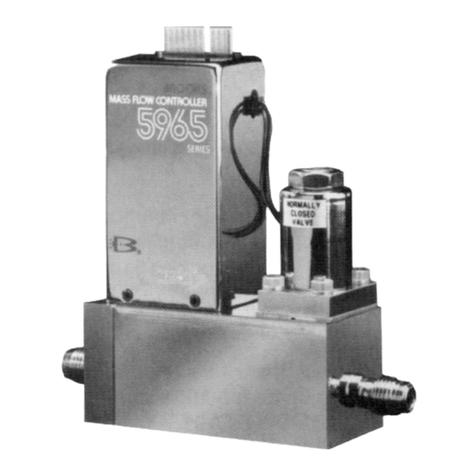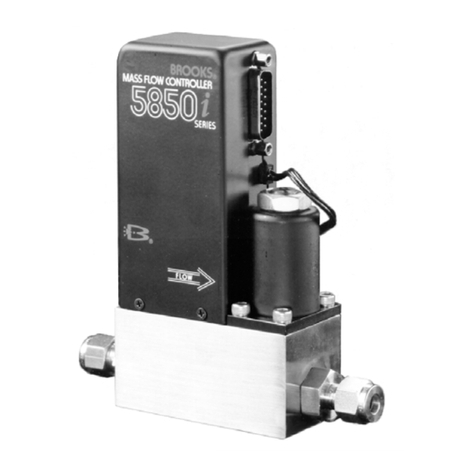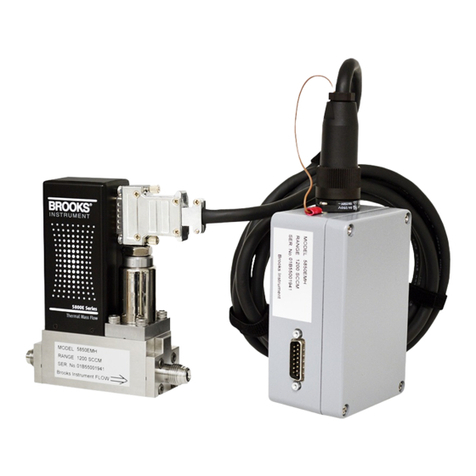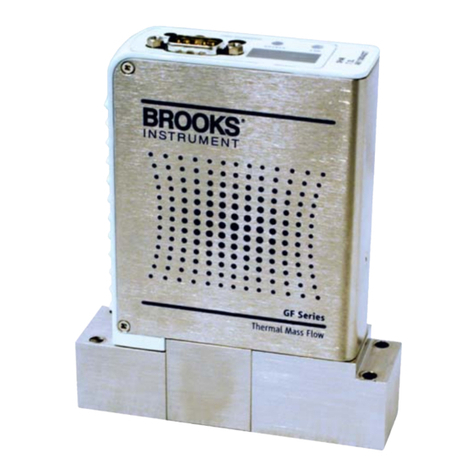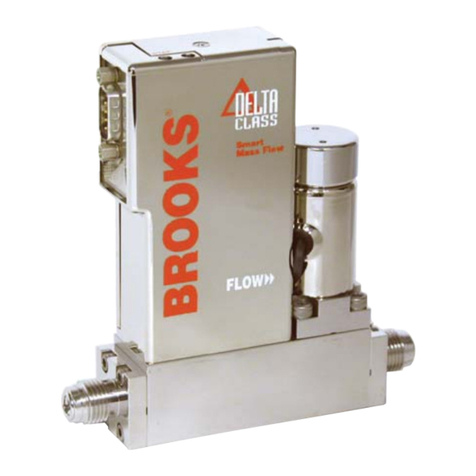
MANUAL P/N 316005 REV: B 5
Table of Contents
Safety Instructions...........................................7
Receiving Inspection .......................................8
International Shipment ....................................8
Limited Warranty .............................................8
Chapter 1 - 316 VGC Control Unit
1.1 Introduction/General Description..............9
1.1.1 Available Configurations ....................9
1.2 Installation ..............................................10
1.2.1 Line Voltage Selection .....................10
1.2.2 Module Installation ...........................10
1.2.3 To Install a Module...........................11
1.3 Mounting Configurations ........................13
1.4 Cable Connections .................................13
1.4.1 Instrument Grounding .......................14
1.5 Operation................................................14
1.5.1 Summary of Controls and Indicators14
1.5.2 Units of Measure..............................14
1.6 Theory of Operation ...............................15
1.6.1 Microcontrollers and Bus Structure..15
1.6.2 Convectron Gauge Theory...............15
1.6.3 Capacitance Manometer Theory......15
1.7 Calibration ..............................................16
1.8 Basic Troubleshooting............................16
1.8.1 Guidelines ........................................16
1.8.2 Troubleshooting Guide.....................17
1.9 Repair Ordering......................................17
1.10 Specifications (316 Vacuum Gauge
Controller).........................................18
Service Form .................................................19
Chapter 2 - Convectron Gauge Module
2.1 Safety Notices ........................................20
2.1.1 Explosive Gases ..............................20
2.1.2 Limitation on Use of Compression
Mounts.................................................20
2.1.3 Gauge Tube Mounting Position........20
2.1.4 Overpressure ...................................20
2.1.5 High Indicated Pressure...................20
2.1.6 Chemicals ........................................20
2.1.7 Sensor Failure..................................21
2.1.8 Gauge Tube Contamination.............21
2.2 Convectron Module, Introduction ...........21
2.2.1 Units of Pressure Measurement ......21
2.3 Convectron Gauge Tube Installation......22
2.3.1 Gauge Tube Orientation ..................23
Compression Mount (Quick Connect) ....23
1/8 NPT Mount........................................23
NW16KF Flange Mount ..........................24
Other Mounting Options..........................24
2.4 Convectron Gauge Operation ................24
2.4.1 Reading Pressure ............................24
Special Considerations For Use Below
10-3 Torr ...........................................24
Use With Gases Other Than N2and Air.24
Indicated vs. True Pressure Curves .......25
2.4.2 Analog Output ..................................33
2.5 Convectron Gauge Calibration and
Maintenance.....................................34
2.5.1 Zero Adjustment (VAC)....................34
2.5.2 Atmosphere Adjustment (ATM) .......34
2.5.3 Analog Output Full Scale Adjustment34
2.5.4 Analog Output Offset; Gauges A, B,
and C ...................................................34
2.5.4 Cleaning the Gauge Tube................35
2.6 Theory of Operation ...............................36
2.7 Convectron Gauge Troubleshooting ......36
2.7.1 Transducer Test Procedure .............36
2.7.2 Convectron Troubleshooting Guide .37
2.8 Convectron Gauge Specifications..........38
Display Resolution .....................................38
Chapter 3 - Thermocouple Gauge Module
3.1 Introduction ............................................39
3.2 Thermocouple Gauge Module
Installation ........................................39
3.2.1 Units of Measure..............................39
3.3 Thermocouple Gauge Tube
Installation ........................................40
3.4 Thermocouple Gauge Operation ...........40
3.4.1 Reading Pressure ............................40
3.4.2 Analog Output ..................................40
3.5 Thermocouple Gauge Calibration ..........41
3.5.1 Zero Adjustment (VAC)....................41
3.5.2 Atmosphere Adjustment (ATM) .......41
3.6 Theory of Operation ...............................42
3.7 Thermocouple Gauge
Troubleshooting ...............................43
3.7.1 Troubleshooting Guide.....................43
3.8 Thermocouple Gauge Specifications .....44
Display Resolution .....................................44
Chapter 4 - Capacitance Manometer Module
4.1 Introduction ............................................45
4.2 Installation ..............................................45
Units of Measure........................................45
Display Slow Update Rate Switch..............46
Convectron Gauge Controls ......................46
Capacitance Manometer Vacuum
Calibration ...........................................46
Capacitance Manometer Range Switch.....46
4.3 Capacitance Manometer Cable
Installation ........................................46
4.4 Operation ...............................................47

